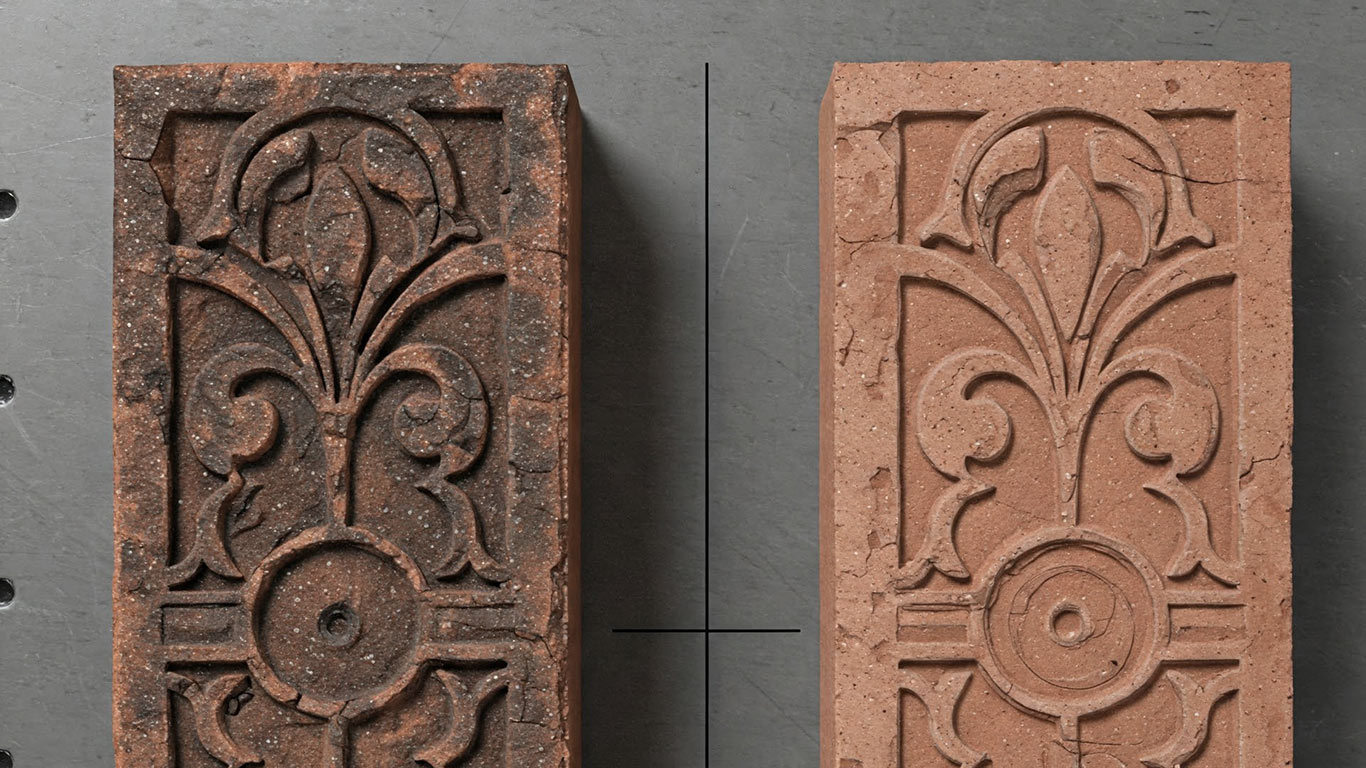
FDA
FDA 21 CFR 1040.10 - Laser Product Performance Standards



When laser cleaning brick, we've found that its thermal stability lets us remove surface contaminants effectively while preserving the material's long-term structural integrity
The brick surface at this magnification reveals a dense layer of grimy particles clinging tightly to every crevice. Dark residues fill the irregular pores, creating an uneven and mottled appearance overall. Contamination obscures the underlying texture, making the material look dull and obscured.
Laser treatment removes the grimy particles, restoring a uniform and clear surface view. Clean pores now expose the brick's natural, even texture without any residues. The material appears revitalized, with its original details sharply visible and

FDA 21 CFR 1040.10 - Laser Product Performance Standards

ANSI Z136.1 - Safe Use of Lasers

IEC 60825 - Safety of Laser Products

OSHA 29 CFR 1926.95 - Personal Protective Equipment
License: Creative Commons BY 4.0 • Free to use with attribution •Learn more